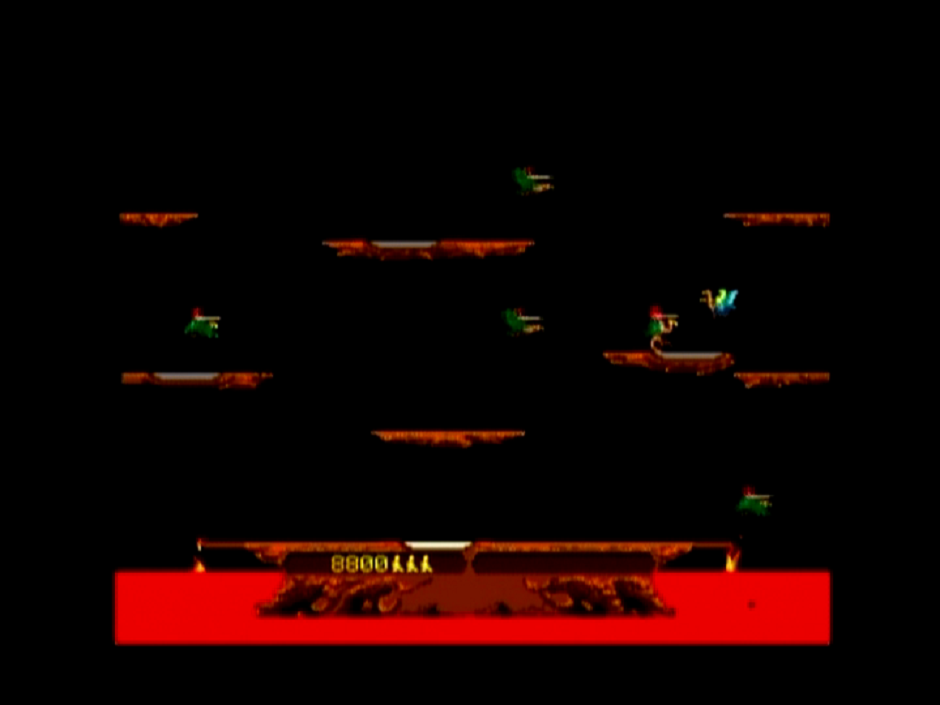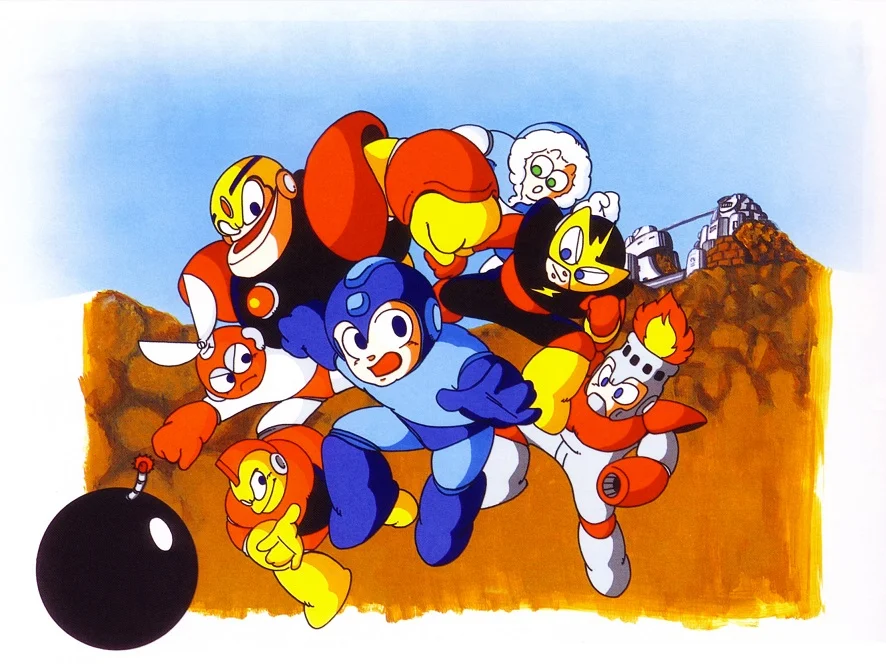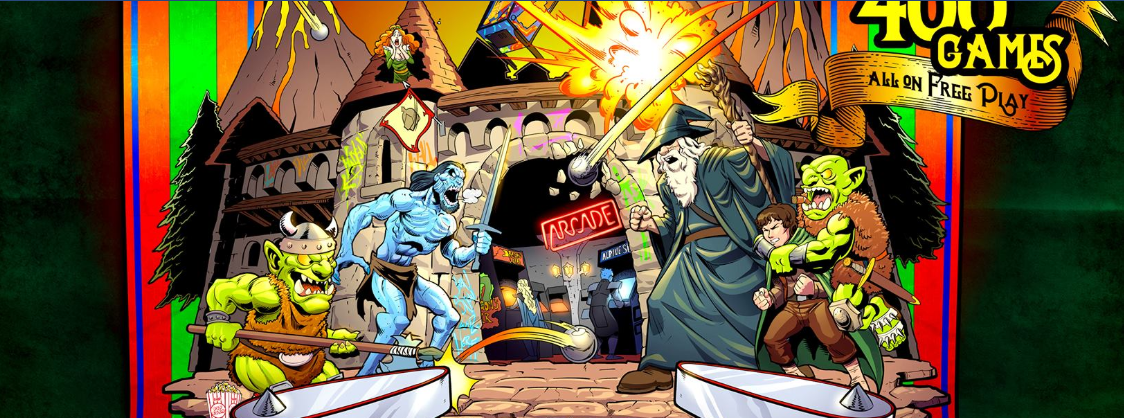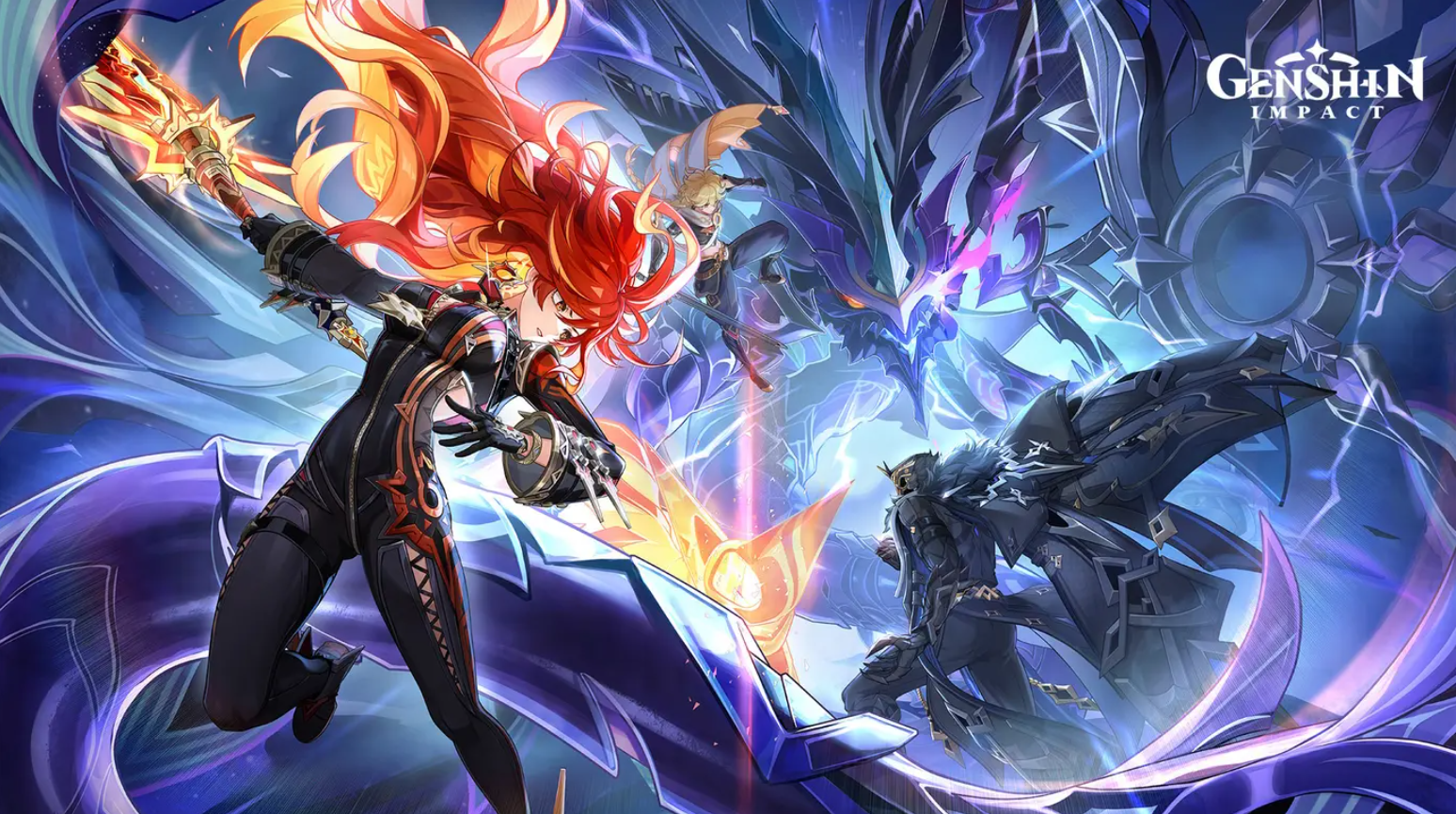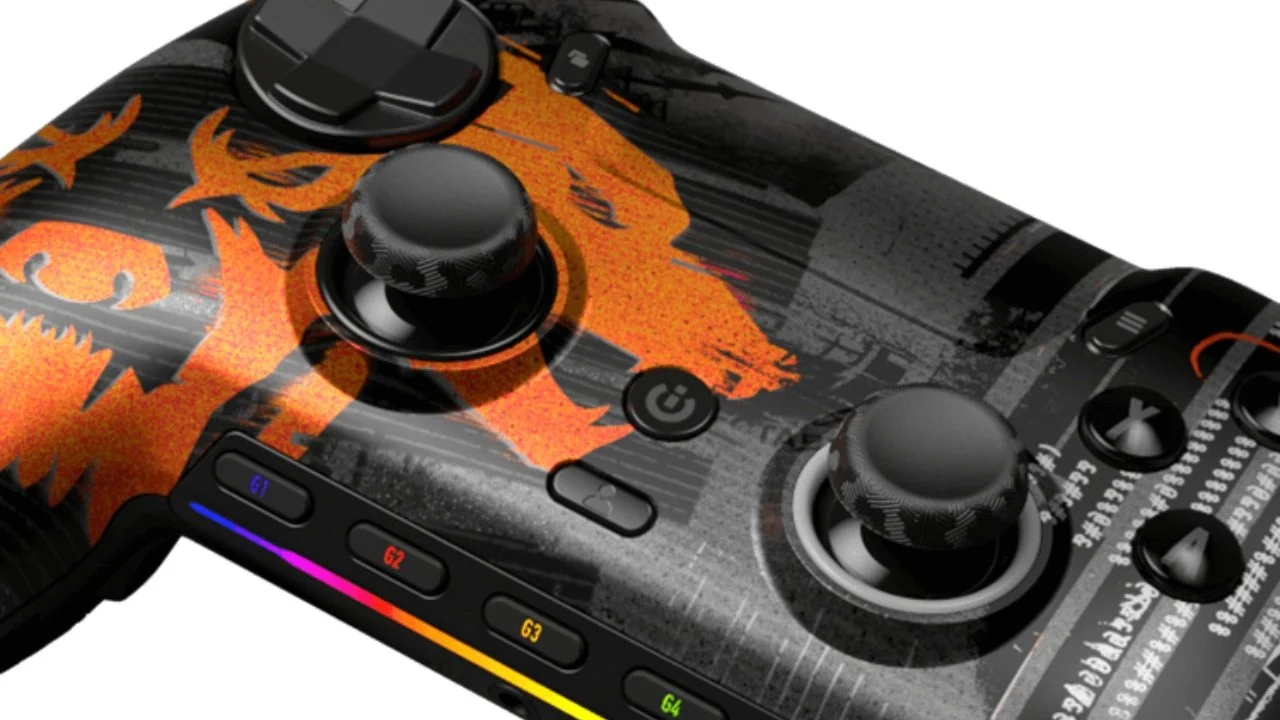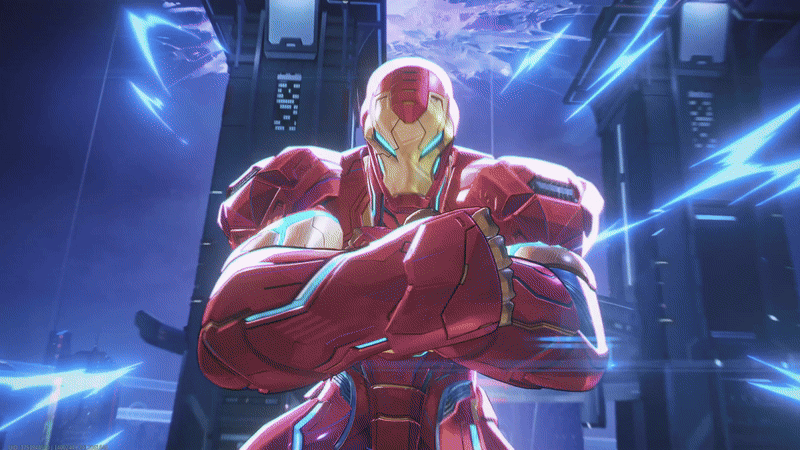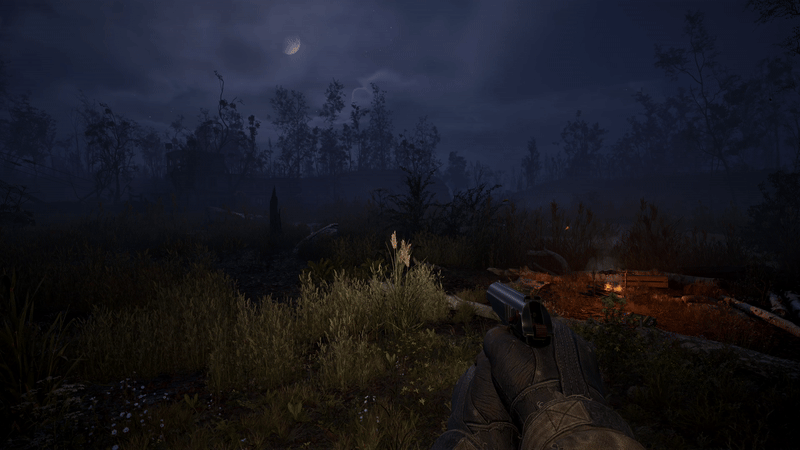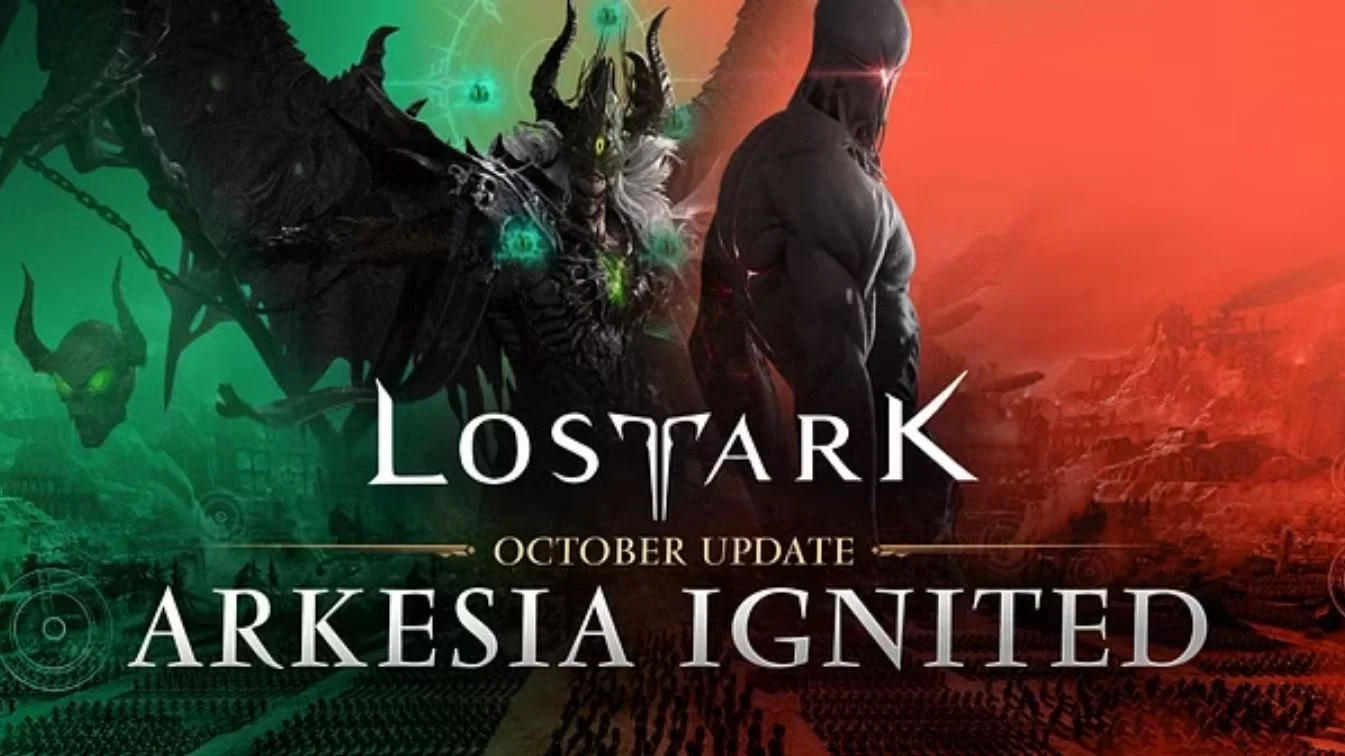One of the biggest names in the video gambling business these days is “WMS Industries”, a subsidiary of Scientific Games. But decades ago, WMS Industries was once "Williams Manufacturing Company" and later "Williams Electronics", a major producer of pinball machines with a heritage going back to the 1940's. Williams had it's own original pinball properties such as Taxi (not the TV show!), Whirlwind, Black Knight, Funhouse, Gorgar and Space Shuttle and also, many years later, licensed pinball tables based on popular characters and media such as Indiana Jones and Star Trek: The Next Generation.
Taking note of Atari, Williams produced their own clone of Pong in 1973 called Paddle-Ball. The game is nearly identical to Pong. Williams would eventually downplay Paddle-Ball, but this experience allowed them to get their feet wet in the video game industry.
Williams spent much of the mid to late 70's developing some of the earliest solid state pinball games. These were some of the first games to have sound and programming on them, allowing for new types of play that was not previously possible. Towards the end of the 70s, the video arcade industry EXPLODED and Williams decided to tackle it full time. Eugene Jarvis, one of their top pinball programmers (formerly of Atari), was chosen to head the development of their next game project: one that would eventually become Defender.
For Defender, Jarvis was asked to imitate Asteroids and Space Invaders. With tropes such as outer space, laser weapons and defending humans from alien invaders, the influences are there, but it was still important to Jarvis for the game to have it's own identity. In terms of it's control scheme, Defender was much more advanced than any game that came before. Besides the 2 way stick, there was a whopping 7 function buttons; unheard of in it’s time. Defender took a while to catch on with players, but in spite of it's challenge, it eventually became a massive hit for Williams and one of the highest grossing arcade games of it's day.
With hundreds of millions of dollars in it's pockets from Defender, Williams Electronics expanded. They were able to buy themselves independent from their parent company, Seeburg. They opened up a new production facility. They put money and resources into R&D to make games such as Joust (their second biggest hit) and publish titles for other developers, such as Moon Patrol on behalf of Irem and Make Trax. Jarvis would leave Williams soon after the release of Defender, but he wouldn't stray too far. The game studio he founded, Vid Kidz, would have all 3 of it's games published by Williams: a sequel to Defender called Stargate (also known as Defender II in some releases); Robotron 2084, a combat video game that made use of two 8-way directional joysticks; and Blaster, a not-that-successful 3D shooting game. Following the release of Blaster, Jarvis would leave the video game industry for a few years to focus on his educational pursuits.
In 1983, the Video Game Crash happened and put the American game industry in a panic. After that calamity and a few prototypes that went nowhere (such as Devastators. a 3D space jet shooter game that was never released!), Williams let several of their game developers go and became extremely cautious about what games it put out and licensed. Turkey Shoot and Mystic Marathon came out after some delays in 1984 and were met with little enthusiasm. Further putting salt in the wounds, in 1986, Joust 2 failed to catch on in marketing testing, and was delayed and then later produced in extremely limited quantities. Due to this, in the 80’s, they chose to focus mostly on pinball, which brought them great success.
In 1987, Williams went public and changed it's name to “WMS Industries”. In 1988, they acquired their competitor and arch-rival Bally/Midway. Eugene Jarvis would return soon after. In the late 80's/early 90's, WMS Industries would put out High Impact Football and 2 other games under the Williams name: NARC and Smash TV, both of which were noted for their chaotic action and ultra-violence. NARC used a lot of custom hardware to give players an in-your-face experience that was not thought possible.
Shortly afterwards, WMS Industries would use the Midway name for all arcade games they put out, opting to save the Williams name for their pinball games and occasionally when publishing home releases of Midway games (the home version of Cruis’n USA or Mortal Kombat). Two early 90's releases from Midway would serve as spiritual successor to Williams’ titles: 1991's Strike Force, which borrowed heavily from Defender, and 1992's Total Carnage would serve as a spiritual successor to both Robotron 2084 and Smash TV.
Williams would continue to have great success in the pinball market, having an unprecedented monopoly on the industry in the 1990’s.
Fast forward to 1998, Midway would become independent from Williams. All original game titles made by Williams Electronics would be fully merged with Midway Games; marrying Joust, Bubbles, Robotron and Defender into the Mortal Kombat/Rampage family. In 1999, after the disappointment of their Pinball 2000 hardware, Williams ceased all pinball manufacturing, making them leave the arcade business for good.
These days, as WMS Industries, their entire focus is on casino gambling. This has proven to be greatly profitable for them, but at what cost? Their website makes no mention of their past as a pinball or game producer. With the closure of Midway Games, all of Williams' original games are now owned by Warner Bros Interactive.
In the grand scheme of things, Williams' time as a video game developer was relatively short lived. They weren't as continuously active, nor did they make as many titles, as their competitors (probably about 20 original titles in total, roughly another 10 licensed from other game makers). They made their money, got out and moved on. And yet, with a lot of our nostalgia for the 80's in the form of pop media (Joust was featured in the novel Ready Player One, Defender was a favorite of Groot in Avengers: Infinity War) and the retro console novelty toys coming out, they're never truly far away. Many of Williams classic arcade games are collected on Williams' Greatest Hits, Arcade Party Pack, Midway Arcade Treasures 1 and 2 and Midway Arcade Origins. For digital recreations of their original pinball tables, check out Pinball Hall of Fame: The Williams Collection on PS2.


